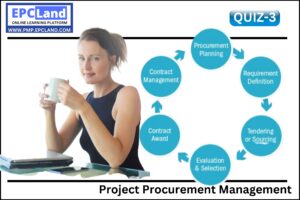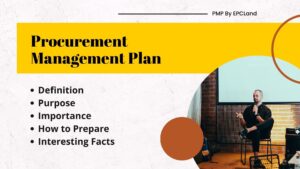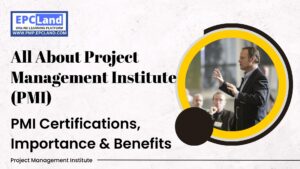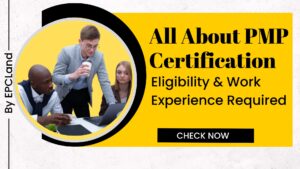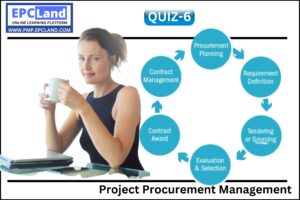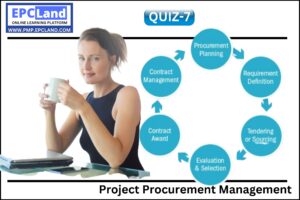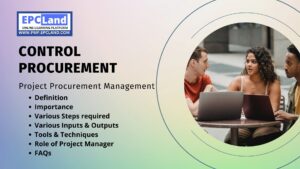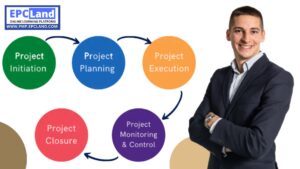Question 1:
Which of the following is NOT a key input to the Plan Procurement Management process?
Explanation: The correct answer is C) Requirements Traceability Matrix. While the Project Charter, Organizational Process Assets, and Procurement Documents are key inputs to the Plan Procurement Management process, the Requirements Traceability Matrix is not directly related to procurement management.
Question 2:
What is the purpose of the Conduct Procurements process in procurement management?
Explanation: The correct answer is A) Select the most qualified sellers. The Conduct Procurements process involves obtaining seller responses, selecting the most qualified sellers, and awarding the contract.
Question 3:
What is the purpose of the Control Procurements process in procurement management?
Explanation: The correct answer is B) Monitor procurement performance. The Control Procurements process focuses on monitoring the performance of the procurement activities, ensuring compliance with the contract terms and conditions, and taking corrective actions as necessary.
Question 4:
Which of the following is NOT a contract type used in procurement management?
Explanation: The correct answer is A) Fixed Price Incentive Fee (FPIF) Contract. The other options, including Time and Material (T&M) Contract, Cost Plus Award Fee (CPAF) Contract, and Firm Fixed Price (FFP) Contract, are types of contracts commonly used in procurement management.
Question 5:
What is the purpose of the Close Procurements process in procurement management?
Explanation: The correct answer is B) Finalize all contractual obligations. The Close Procurements process is responsible for completing and settling all contractual obligations, resolving any open issues or disputes, and formally closing out the procurement activities.
